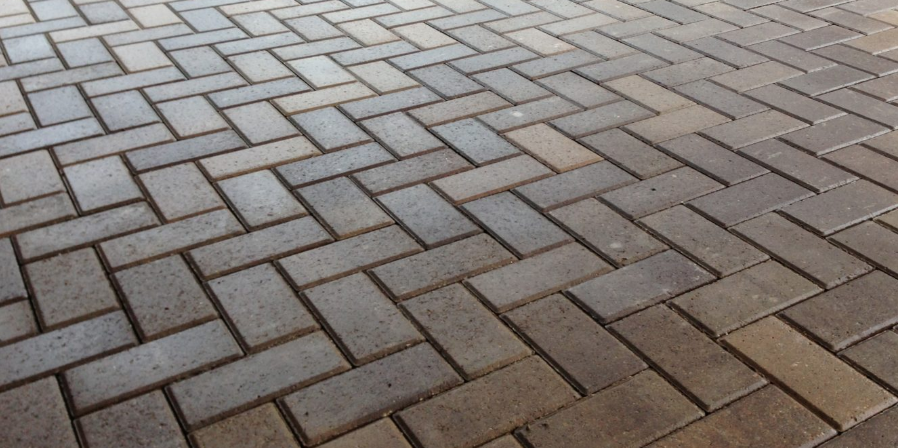A slight striation brings us to an opalescent aquapit
of algae-grazing crustaceans and pedal boat taverns.
Take I-94 West past the tropical shrublands,
along a spidery slum of houses
built on planks of sun-bleached ipe and thatch.
Next to a regional food distribution terminal
shimmering with spray paint,
piles of beastmen lie about
expressing pleasure, or snoring in familiar dreamscapes.
Turn left at the Mangrove Swamp.
Observe the folds of the moist broadleaf forest,
where a pine scented breeze
whispers along the shafts of larches.
Steeped in centuries of earthly tradition
and robust complexity,
a shamrock represents the original inhabitants.
Observe the couples in their active fiber-wear
out for a jog along the saltwater marsh
or switchback hiking through iridescent mold.
Sense the algorithmic policing of streets.
Teenaged facialists sell black poppy extract
outside the zero-G salon
as girls in their seersucker suits and string ties
drop coin for growth scans and dietary counseling
next to the Chapel of Gristle.
Take in the millennial nightlife:
Night creature hags feasting on pork buns;
Boys in their plaid mackinaw jackets and stone masks
doing a hip swing dance, hands over their heads
imitating rabbit ears.
The buzz of a vuvuzela makes them thirsty.
As they drink they sing to remind themselves
nothing lasts forever, like the cold November rain
streaking down historical data terminals.
At an understated sidewalk café,
try a turmeric latte or bagel with custard schmear.
Slaughtered orcs piled in heaps
are burnt for a smoky finish.
For a rainy girls’ day of arepas and outstanding ice cream,
go to a fancy restaurant with custom slab tables
surrounded by anatomical diagrams of teeth.
Toast to dancing bonfires with a summer shandy
and brats on the terrace
among acceptable relatives and friends.
Light plays off contemporary brass fixtures.
A chilled wine sprinkler enables mist formability.
Listed on the Register of Historic Places
is the old generator with its emergency steam whistle.
Electricity splashes the windows.
From the pillars built from bleached skulls,
swing across the marsupial bridge
where foothills become rectilinear streets.
Listen at every intersection
for the circular pivot irrigation systems.
Observe red pots in the garden,
honey ham crushed by truck.
Follow the volunteer docents
through insular domestic realms,
each home a fraction of a remarkable canvas,
with updated kitchens.
Put your hand on the bronze knob and push the door open.
A turtle runs across the floor.
Adhesive carpet detects the shifting body weight of walkers.
Venetian plaster walls, a calming teal,
lend a historical elegance.
Rustic reclaimed wood surrounds a kitchenette
dominated by concrete countertops,
where teenage girls in matching pajamas
artfully compose salads using poached eggs
from the backyard cluck-cluck coop.
Mother sets her keys on the table
about an inch away from the lamp
and turns on the TV.
Sipping a cool martini, she skims the channels on a 60 inch LG:
numerous food and non-food items used within a blender;
The Big Reveal: Horsecock Edition;
An animated headbanging pigeon.
Most nights, she stays home farming silk from spider eggs,
sucking down cigarettes composed of dried leaves.
Despite behavioral therapy and drugs,
she pines for excitement,
sometimes driving through the neighborhood
shooting at packs of wild boar.
Shiba Inus Morning Star and Pot Roast
rush upstairs past a heavy shipping box
full of unread personal training and nutrition books
as lavender hisses from a teardrop diffuser.
They let out a series of penetrating barks.
Feel the breeze from a desktop fan.
Father watches through a security camera
as neighborhood children wander through an optronic forrest,
his hand in a bowl of paradise nuts
decorated with little zebras.
In a bathroom full of diagnostic machinery,
sustainable soaps and electroporation creams,
his young teenage son
looks at his naked body in the mirror
and dreams about moving to Hawaii.
The elder brother, an athletic but unfocused youth,
chats with his girlfriend on the phone.
He tells her, in a combination of east-coast lockjaw
and Valley trailing vowel,
like a younger NPR correspondent,
how much he enjoys her calburgers, high in calcium.
At night he races his red Camaro with foxwoman and firefriends.
In the collection room, where one can explore
past experiences at stores and a glass trophy case
filled with the dedication and endless hours
exercised by championship teams,
three-dimensional paintings morph between images.
Turn the glass doorknob and open the creaky wooden door.
Grandpa, in his great coat and bowler hat,
sits in a chair
weeping over a bowl of yak zup zop.
Melancholic horse fiddle music comes from the closet.
Push down the tab and pull on the platinum-colored handle.
The room forms a vertigo inducing spiral
leading through a tremulous anus
to the Egg Corridor
where calcite flowstones hang from the ceiling,
the essence of flowers in purified crystal.
Slime mold and dog vomit aggregate to form
multicellular reproductive structures.
The cat’s head splits open and tiny rodents pour out.


